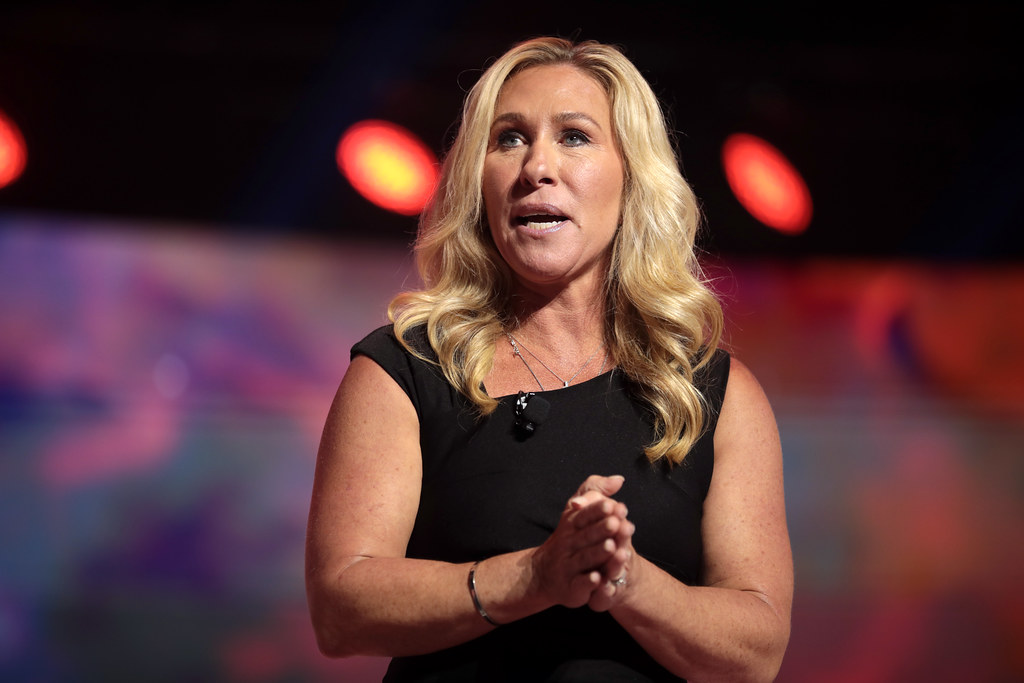Tulsa, Oklahoma: A Surprising Hub for Remote Workers

Tulsa, Oklahoma has shaken up the idea of city living by launching the Tulsa Remote program, a bold initiative that pays remote workers $10,000 to move to their city. This program doesn’t just hand out cash—it also gives newcomers a free co-working space membership and invites them to special community events, making the transition smoother and more welcoming. The city’s goal is clear: breathe new life into Tulsa’s economy and fill it with fresh, creative energy. Since 2018, thousands of remote workers have flocked to Tulsa, with the city seeing a dramatic rise in its younger, tech-savvy population. The cost of living in Tulsa is about 15% below the national average, making it especially attractive for people looking to stretch their dollars. The result is a vibrant, growing community where newcomers quickly feel at home. Tulsa isn’t just offering money—it’s promising a real shot at a better quality of life.
Vermont: Nature, Peace, and Incentives

Vermont has taken a unique approach to combat its shrinking and aging population by rolling out the Remote Worker Grant Program. If you work remotely and are willing to make Vermont your home, you can receive up to $7,500 to offset moving costs and set up your new workspace. The state is famous for its stunning landscapes, from the snowy peaks of the Green Mountains to charming small towns. Vermont’s program has helped attract hundreds of remote workers, many of whom are drawn by the promise of a slower pace and a tight-knit community. The state reports that most new arrivals are young professionals and families seeking a healthier lifestyle. Vermont’s initiative is not just about numbers—it’s about building a new future for the state, one resident at a time. The program is a real lifeline for those who crave both financial support and natural beauty.
Topeka, Kansas: Family-Friendly and Forward-Thinking

Topeka, Kansas isn’t just another Midwest city—it’s making headlines with a $10,000 grant for newcomers who buy a home. With a cost of living almost 20% below the national average and a reputation for being welcoming to families, Topeka’s program is designed to boost its housing market and rejuvenate neighborhoods. The Choose Topeka initiative has drawn serious attention from remote workers and young families looking to build a future. City officials have shared that the program has led to a noticeable uptick in home sales and has made Topeka a buzzword in relocation circles. Residents enjoy access to excellent schools, parks, and a growing job market. The sense of community and slower pace are major selling points. In Topeka, you’re not just getting paid to move—you’re getting a chance to put down real roots.
Northwest Arkansas: Big Bonuses and Outdoor Living

Northwest Arkansas is turning heads with a $10,000 cash incentive for new residents, plus a brand-new mountain bike for those who love the outdoors. Home to corporate giants like Walmart and Tyson Foods, this region is booming and wants to attract more talented workers. The area is famous for its vibrant arts scene, miles of biking trails, and affordable housing. The Life Works Here program has already drawn thousands of applications, proving that the promise of money and adventure is hard to resist. City officials report a surge in young professionals and families relocating here, bringing new energy and ideas. The program’s requirements are simple: work remotely and be willing to immerse yourself in the community. Northwest Arkansas is showing the world that you don’t have to choose between career opportunities and an active, outdoor lifestyle.
Hamilton, Ohio: Building a Stronger Community

Hamilton, Ohio is offering up to $5,000 to people willing to relocate for work in the city’s thriving tech and engineering sectors. The “Talent Attraction Program” focuses on graduates in science, technology, engineering, arts, or mathematics, hoping to create a hub for innovation. The city boasts affordable housing, with median home prices far below the national average, and a vibrant downtown filled with small businesses and cultural events. Feedback from participants has been overwhelmingly positive, with many saying the community feels tight-knit and genuinely supportive. Hamilton’s leaders say the program is helping fill critical job gaps and bringing new life to the city. The city’s approach proves that targeted incentives can attract the right talent and build a stronger local economy.
Alaskan Towns: Adventure Seekers Welcome

Several smaller towns in Alaska, such as Homer and Valdez, are handing out financial incentives to attract new residents and reverse population declines. These incentives can include help with moving costs and even grants for buying a home. Alaska’s appeal is undeniable—breathtaking landscapes, abundant wildlife, and a lifestyle centered on outdoor adventure. Towns report that many newcomers are drawn by the promise of a fresh start and the chance to live close to nature. While the winters can be harsh and isolated, those who stay often find a deep sense of community and purpose. Housing is generally more affordable than in the Lower 48, and jobs in healthcare, education, and skilled trades are in demand. Alaska’s relocation programs aren’t just about numbers—they’re about building communities in some of America’s most remote and stunning settings.
New Haven, Connecticut: Revitalizing Neighborhoods

New Haven, Connecticut is offering up to $10,000 to new residents who buy a home in the city, aiming to breathe life into its historic neighborhoods. The city is known for its diverse population, rich cultural scene, and access to top-notch educational institutions like Yale University. The Homebuyer Program offers additional perks, such as help with down payments and closing costs, making it easier for young families and professionals to settle down. The city has seen an uptick in home ownership and neighborhood revitalization, with new residents bringing energy and investment. New Haven’s leaders hope the program will not only boost property values but also foster a sense of pride and community. For many, the chance to live in a city with both cultural vibrancy and financial support is too good to pass up.
Detroit, Michigan: Big Incentives for Big Dreams

Detroit, once the heart of America’s auto industry, is now offering up to $25,000 for newcomers to purchase and renovate homes in certain neighborhoods. The city’s revitalization program targets vacant properties and aims to fill empty streets with new families and entrepreneurs. Detroit boasts a rich history, a legendary music scene, and some of the most affordable real estate in the country. The program has drawn national attention, with thousands of people applying to be part of Detroit’s comeback story. City officials highlight that new residents are helping to spark neighborhood transformations and support local businesses. Detroit’s bold approach is helping to rewrite the city’s narrative, turning challenges into opportunities for a brighter future.
Syracuse, New York: Affordable Living with a Bonus

Syracuse, New York is using financial incentives to attract new residents, especially remote workers and families. The city offers assistance with down payments and moving costs for those who purchase a home. Syracuse stands out for its affordable housing, vibrant arts scene, and strong sense of community. Local leaders say the influx of new residents has helped revitalize neighborhoods and support small businesses. The city’s universities and hospitals provide stable jobs, making Syracuse an appealing option for those seeking security and opportunity. Many newcomers report feeling welcomed and supported by their neighbors. Syracuse proves that a smaller city with big ambitions can attract new energy and talent with the right incentives.
West Virginia: Cash, Adventure, and a New Start

West Virginia’s “Ascend West Virginia” program is offering $12,000 to remote workers who move to the state, aiming to reverse years of population decline. The program doesn’t just provide cash—participants also get free outdoor recreation, like whitewater rafting and ziplining, plus co-working space memberships. West Virginia’s stunning mountains and forests are a major draw for those seeking adventure and tranquility. The state reports that the program has already attracted hundreds of new residents, most of whom are young professionals looking for a better work-life balance. The initiative is bringing new life to small towns and helping to diversify the economy beyond coal and traditional industries. West Virginia’s approach is bold, creative, and focused on building a vibrant future.





